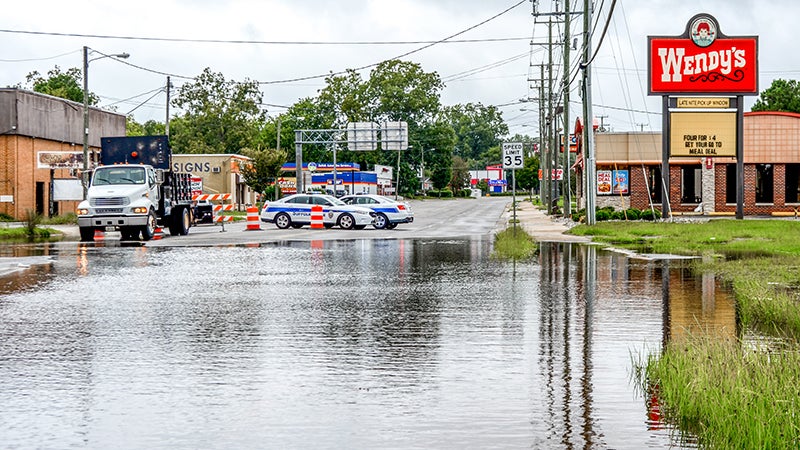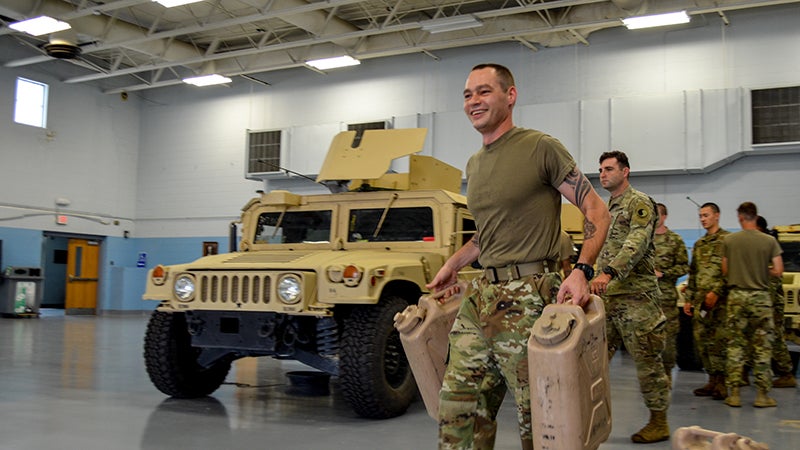Suffolk to open two emergency shelters
Published 9:15 pm Tuesday, September 11, 2018
Suffolk will open two emergency shelters for citizens at 8 p.m. Wednesday.
King’s Fork High School, 351 Kings Fork Road, and Nansemond River High School, 3301 Nansemond Parkway, will serve as emergency shelters. King’s Fork will be fully powered by a generator for citizens who are medically dependent on electricity. Nansemond River will have generator power only for emergency lighting and to support the kitchen freezers. Nansemond River will also be pet-friendly.
Both evacuation shelters are open to anyone who needs a safe place to be, but the city has noted a few important rules for those that utilize the shelter.
At either shelter, patrons must sign it to be officially admitted, and “shelter hopping” will not be allowed.
The city recommends bringing supplies to last each family member for at least five days. The list includes:
- bottled water
- folding chairs
- flashlights and batteries
- cot/sleeping bag/blanket and pillow
- first aid kit and medications
- ID, car keys and cash
- disposable plates, cups and utensils
- quiet games, toys, books etc.
- baby supplies
- toiletries
Alcohol, drugs or other illegal substances are not allowed at either shelter and weapons, smoking and televisions are also prohibited.
Nansemond River High School is considered a “pet-friendly” facility, and Suffolk Animal Control will be responsible for cleaning, feeding and walking all the animals. Animals that are aggressive or sick and contagious will not be allowed.
Exotic animals will not be allowed. Owners will pick up their animals after they check out of the shelter.
These shelters are considered a last resort after all other options have been exhausted, according to the press release. If residents must evacuate, the city recommends staying with friends or family in Zones C or D or traveling north.
While the shelters are not limited to Suffolk residents, the city hopes citizens in other jurisdictions will seek emergency within their own localities, according to spokeswoman Diana Klink.
Last year, VDEM established the Know Your Zone program and website, with four-tiered evacuation zones — A through D — that clarify whether or not certain residents should evacuate in an emergency or shelter at home.
Visit KnowYourZoneVA.org and type in your address to find out your designated zone, then stay tuned to local media for instructions from a local emergency manager on where to go — with available shelters and evacuation routes — and when you will be able to return home.
More information regarding the rules and regulations of the emergency facilities is online at suffolkva.us/emergencymanagement.




